For the first few months after your baby is born, he remains confined to one place without showing any movement. So, crawling by your babies is the very first method to get around efficiently on their own.
Your babies follow various steps before they actually start to crawl. And after they develop their muscles, they prepare themselves to sit up and walk.
Here is a complete guide that will help you know everything related to your baby crawling.
When Do Babies Start Crawling?
Anxious parents monitor and compare the activities of their babies with that of the others. It is absolutely normal, but you must know that every child follows different developing patterns.
There are instances that some newborns start showing movement early as compared to others. While others starts to crawl first. Also, it is observed in some rare cases that the babies do not crawl at all. They directly start to walk.
Plenty of situations in the growth patterns of your baby can surprise you, but not all of them need to be panicked over.
If you consider the general pattern, babies start to roll when they are three to five months old. It can be rolling over tummy or back or both ways simultaneously.
However, most of the babies crawl between the age of six to ten months.
These crawling patterns can vary from person to person. Most of the commonly observed patterns are listed later on the same page.
You might find your baby push them around their legs or wiggle across the floor on their belly. All these acts are equally pleasant to watch. Basically, the moral of the story is, you do not need to worry if your baby is a slow crawler. What matters is your love and care that helps in the healthy upbringing of your baby.
How do babies learn to crawl?
Crawling in your baby can be observed as soon as he starts to sit without any support. It is the time when your baby can hold his head and turn it around. Also, at this time, your baby has developed strong muscles that will prevent him from falling on the floor.
It will, however, take a few months when your baby switches from sitting position to moving on all fours. Crawling begun to develop in your baby as a sequence of steps; these include:
- Doing planks
- Turning around in circles
- Rocking back and forth
- Making a move forwards, this can be on hands, knees, or belly
- Moving backward while making a move forward
What are the types of movements associated with baby crawling?
-
Belly Crawling
When we think of crawling in babies, we envision them scampering on knees and hands, but this is not always the case. Some babies learn to crawl on their bellies, which is entirely normal behavior.
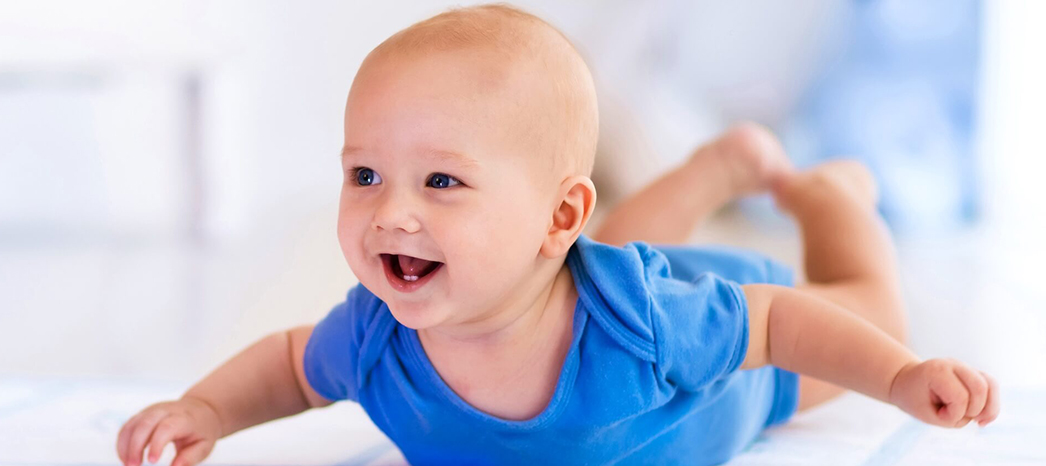
Moreover, it has been observed that around half of the infants have started their crawling practice with belly crawling. However, you will soon observe your baby follow the most classic way of crawling as belly-crawling does not last long.
-
Cruising
This is a practice where your baby does not actually crawl but stands with support. They will hold the edge of a table, or the railing, and practice standing on their feet directly.
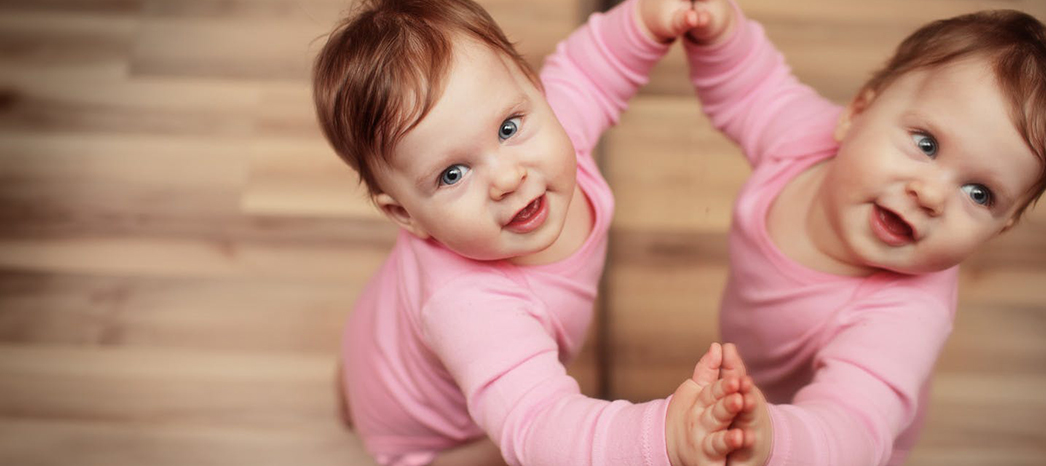
They might even try and take small steps while holding the edges of your furniture. Parents need to be extra cautious in such cases. It is because the baby has not developed enough strength to stay alert in the same position for long and can even hurt itself in the process.
-
Step-Crawl Mix
As the name suggests, the step and crawl is a mix of both crawling and taking tiny steps in the intervals. This is a mash-up of hands and knees and beer crawling.
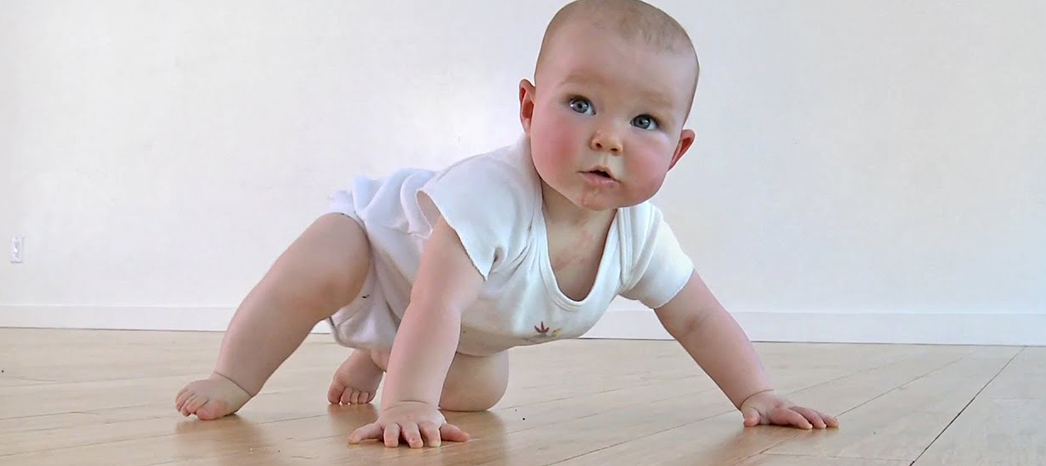
Babies fall on the knees of one leg while they try and step the foot of the other. The baby practicing such a crawling will learn to walk fast and will leave crawling soon.
-
Step Scooting
In the step-scooting pattern, the babies take help from one of their hands and follow the scooting style. They appear similar to the tripod, and hence the style is also termed as tripod-style by some experts.
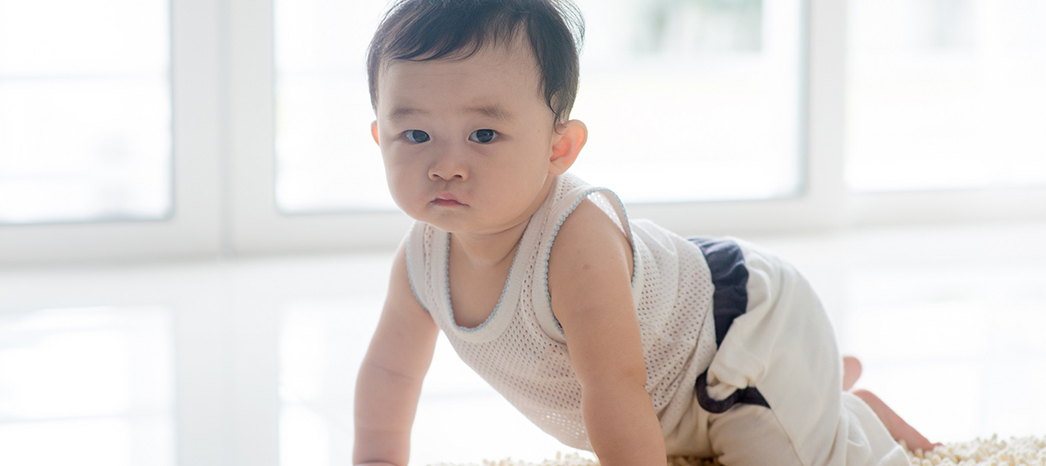
Although there is no harm in babies following such patterns, the mothers need to worry about the spoilt baby wears in practice.
-
The Bear Crawl
The bear crawling is similar to the traditional hand and knees crawling that is observed in most of the babies. While practicing a bear crawl, the baby keeps his abdomen high above the ground.
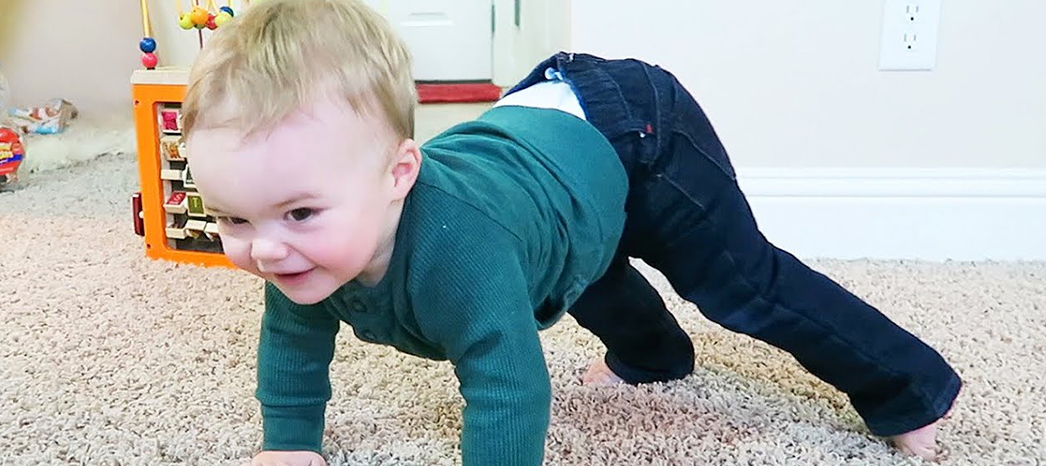
Here the knees are kept off the floor, and the balance is built on hands and feet instead of knees.
-
Rolling
Although observed in very few babies, rolling helps them to move from one place to another. Your child might soil his babywear in the process and also can hurt himself.
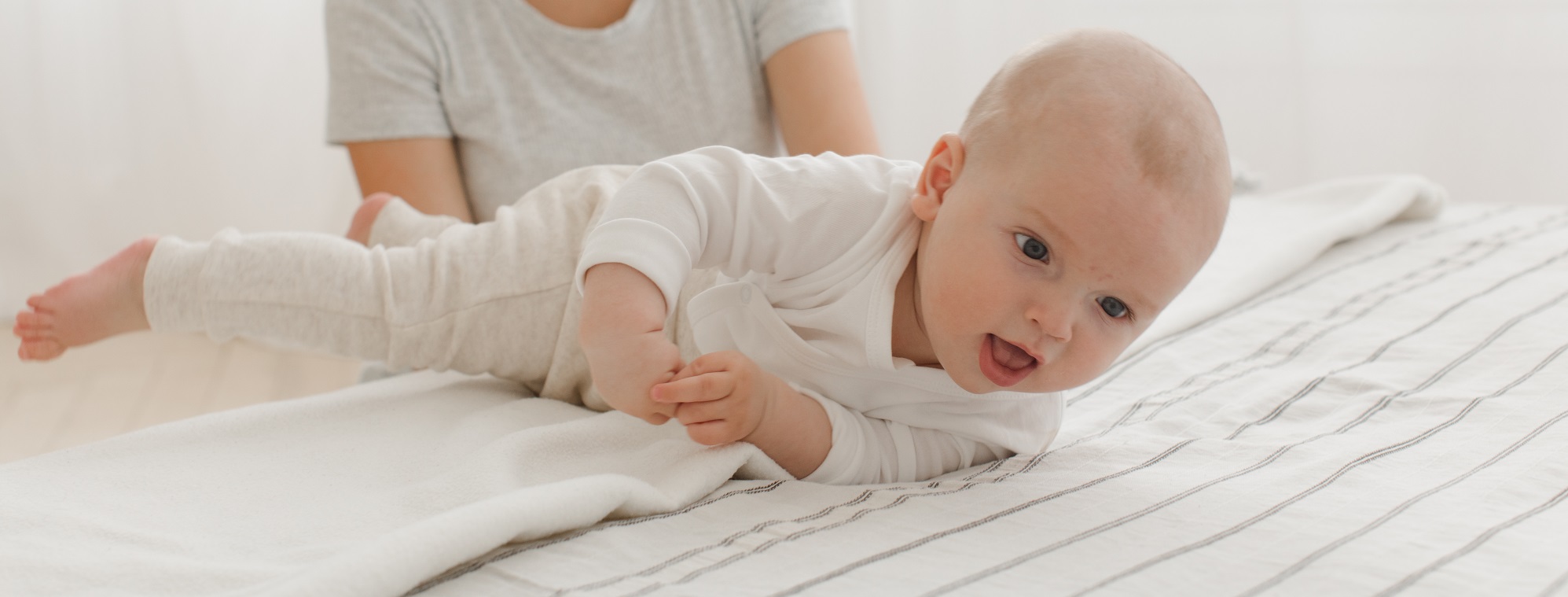
Your baby can even try different modes of crawling and switch between hand and knees crawling, bear crawling, and rolling.
-
Bottom-Shuffling or Scooting
It is the least common way of crawling where the babies sit upright and scoot along their bottoms. They use their legs to make the movements across the floor.
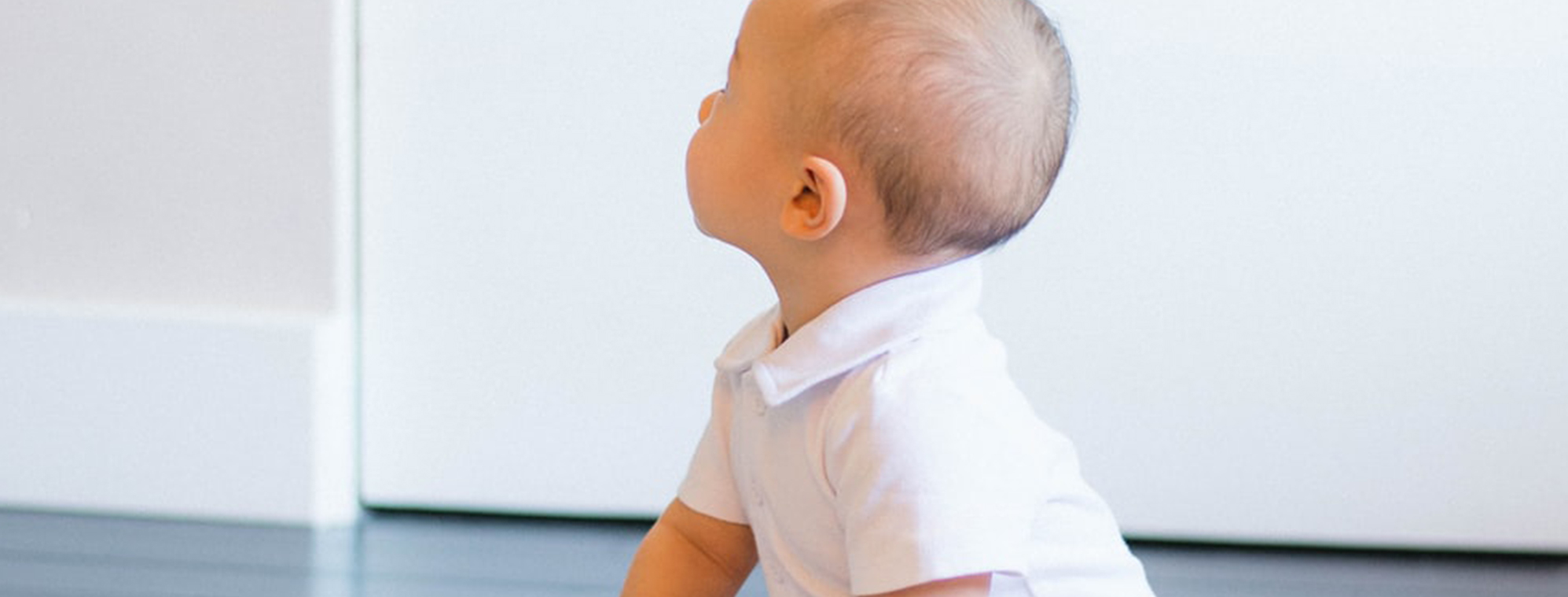
Such a movement is also termed as scooting, bottom shuffling and hitching. The basic idea behind scooting is that the entire body weight is over the baby's bottom, and the torso remains in the upright position.
How can you help your babies to crawl?
Whether your baby is a little one or has reached six months of age, you will be curious to watch them crawl and then finally take his first step. However, in the process of growing up, you will have to help your baby to prevent him from getting hurt.
Ten Tips to Get Your Baby Crawling
-
Encourage them to play with Elevated Hands
When your baby plan with hands elevated, this makes his muscles grow stronger. Allow them to place their hand over a pillow or over a stuffed toy while they lie straight on their tummy.

And also, the same practice can be followed while your baby is sitting. The only thing that you need to note is to pay wise supervision to prevent your baby from falling.
-
Use of Toys to Encourage Crawl
A little reward will help your baby take his first steps better. Your baby just needs the right incentive to put his sincere efforts in crawling. You can place your baby's favorite toys in their front during their tummy time.
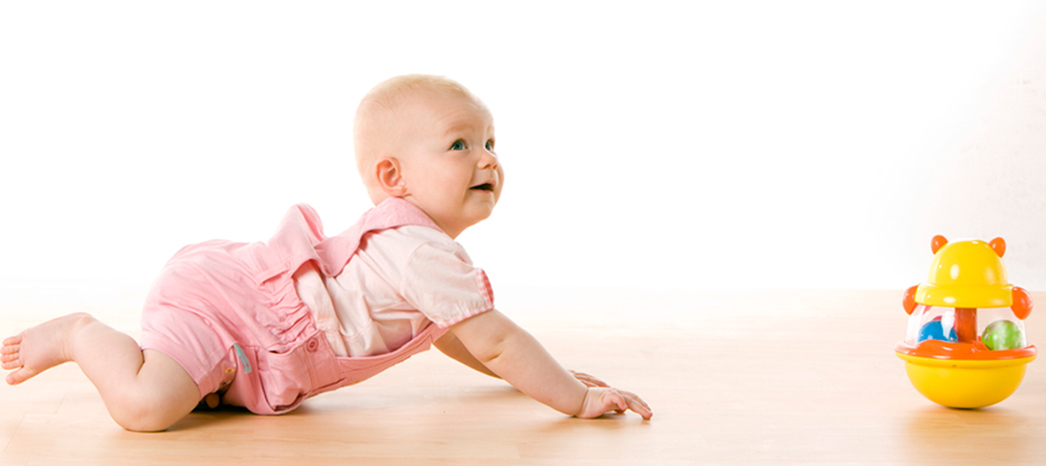
Also, you can add some new toys in their bucket to help them make a move. You can even take assistance from play tunnels and also place toys away from their reach so that they can initiate a move.
-
Allowing them to play on All Sides
When your child is in a playful mood, you can change his positions frequently so that he can show movements in all the directions.
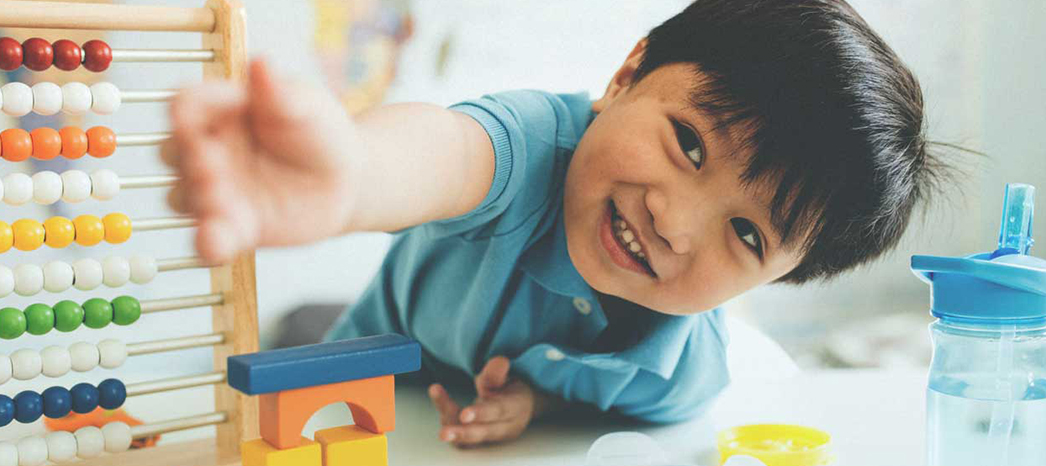
You can even try a mix of positions for making them strong and healthy while they learn to crawl.
-
Give them plenty of Tummy Time
You can give your baby a lot of tummy time for the healthy development of their muscles. It is exactly the time that you allow your baby to stay on their tummies.
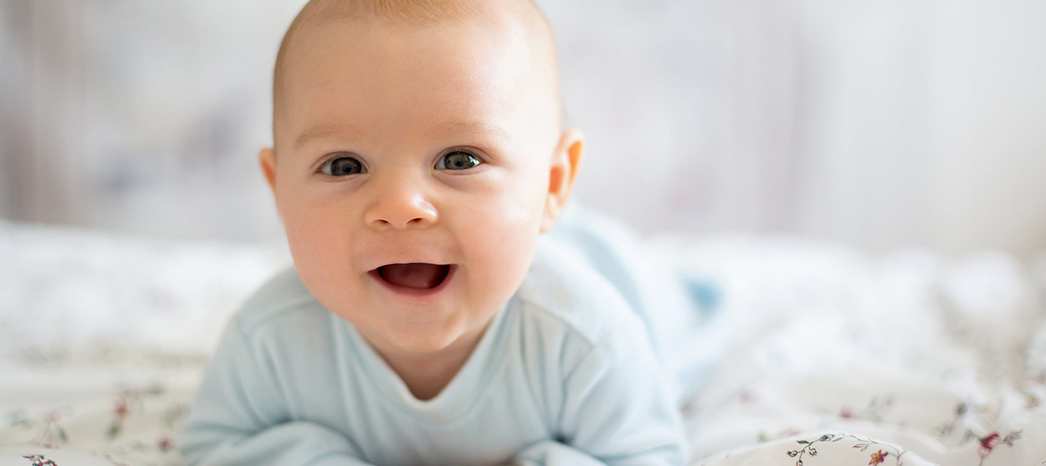
Staying in this position will make your baby strong. It, however, affects the baby's arms, legs, neck, back, and every other part that helps the baby to crawl.
Give your baby tummy time at the place where he feels the most comfortable. This place can be his room or nursery.
-
Allow them to play in front of the Mirror
Your baby's curiosity to move can be put to advantage while helping them crawl. You can allow them to play in front of the mirror. They can investigate their reflection and copy their steps.
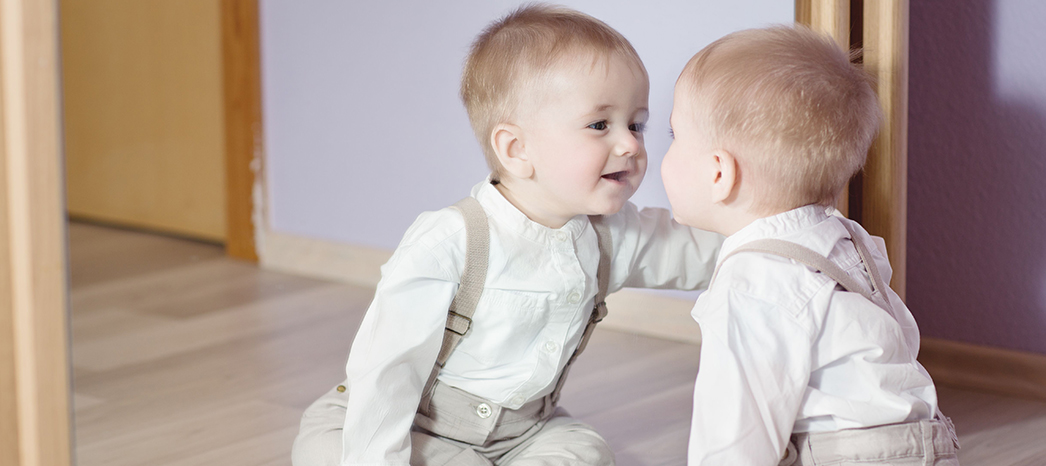
They will, in this way, move towards the mirror. Also, this will help in the speedy crawling of your baby.
-
Take your Baby out of Supportive Devices
Supportive devices like high chairs, strollers, car seats, etc. can be essential for your baby, but they hamper the muscular development of your baby as a whole.
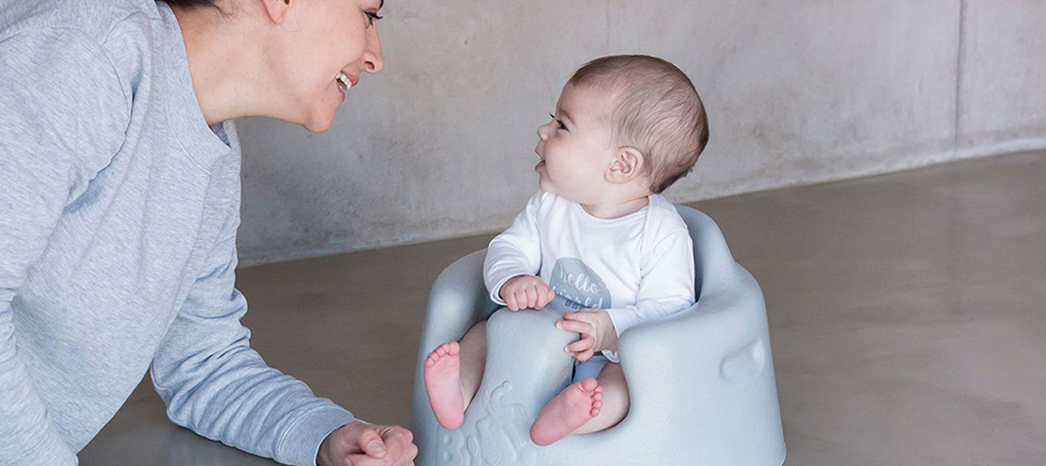
These supportive devices give so much support to your baby that they do not need to use their muscles much. They can, however, lead to delayed development in your babies. Try and use these devices to the least.
-
Lift the baby Off the Floor
Give your baby a leg workout by lifting them off the floor. Help them by lifting them with arms or armpits and support their body in the air.

They will practice the motion of walking in the air, and it will also strengthen their legs.
-
Always keep the Baby Safe
Keep the safety of your baby as a priority amidst all the efforts he puts in to crawl. Baby proof your house and keep everything away from the reach of your baby when he learns to crawl.
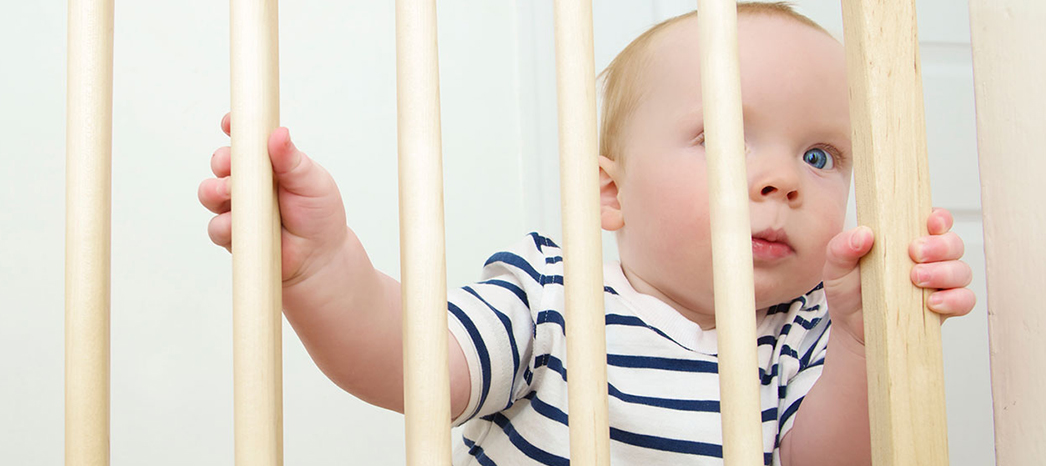
You can use soft kids' wear, apply ointments, and skincare products to prevent them from developing any rash. Also, do not leave your baby unattended even for a minute to ensure the utmost safety.
-
Avoid Too Much Working hard by the Baby
Do not haste when you observe no advancement in your baby's movements. Simply watch them try and enjoy them, putting small efforts. You will have to call off the play session when your baby starts to cry or get irritated.
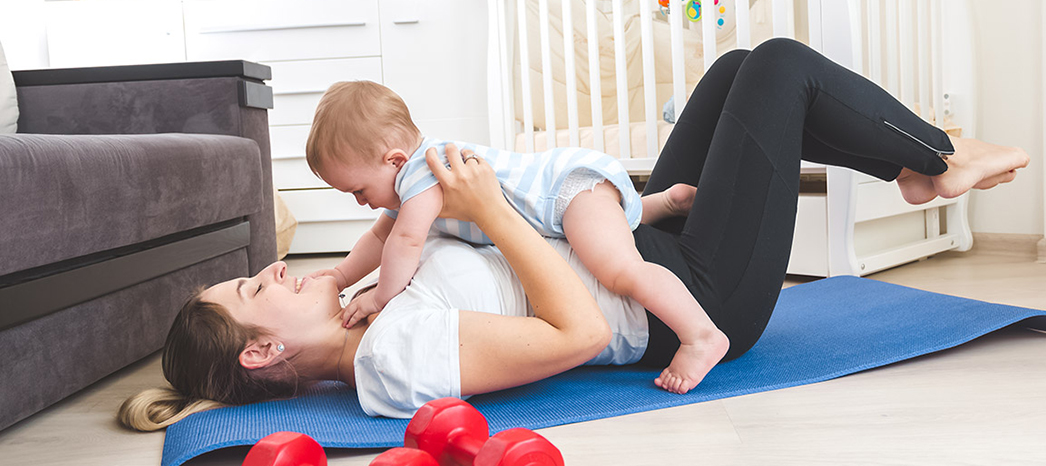
Tiring your baby in his crawling session is not an option. Try to put them in ease. Put them on their backs, hold and rock them, and put them to sleep. Give your little one a lot of affection after they have gone through their crawling exercise.
-
Crawl With Your Baby
Practicing is the best way to get the best result. It is true for babies as well. You can help your baby to crawl by lying next to him and support his tummy when he tries to crawl.

You can hold the entire body weight of your baby gently while he tries to make small steps on his all fours.
FAQs on Baby Crawling
-
Why do some babies start to crawl later than the others?
There are a lot of factors that affect the crawling age of your baby. It, however, largely depends on their body type. If your baby has put on extra weight, he is likely to crawl late compared to those who are slimmer.
Also, the motivation from the parents' end and the tummy time play a role in determining the crawling age of your baby.
-
Do babies skip crawling and begin to walk straight away?
Yes, babies skip crawling quite often before starting to walk. It is quite a normal happening these days. Traditionally crawling is considered a norm. It has been observed that around 7% of the children preferred scooting over crawling and switched to walking, similar to a normal crawler.
-
How soon after crawling, can your baby start to walk?
Although it varies from baby to baby, the general pattern observed determines an average duration of approximately four months. However, the range for the analysis was quite large and varied from 8.5 months to one day.
-
Can parental practices have any effect on the crawling of the baby?
Yes, parental practices play a major role in the crawling of the baby. Proper motivation from the parents' end can help babies to crawl earlier. Also, increased and proper tummy time when offered to the baby help them to make their muscles strong.
Also, the cultural practices of the family help in the movement of the baby. And not only this, your baby will be able to make fast movements when he is wearing comfortable clothes.
-
When is the time to worry when it comes to crawling of your baby?
It is absolutely normal for the babies to reject crawling. So, it is not a matter of worry when it is merely linked with crawling. If your baby is making movements from one place to another by any mode, be it scooting or beer walking, you can rest assured.
However, if the baby is not making any progress in the locomotion by the age of 12 months, this can be evidence of weakness. Consult the doctor and take medical assistance to help him in steady recovery.
-
If your baby does not crawl, will it have to be any slower to perform other activities?
This might happen in minor cases in the earlier stages of life. However, no crawling or crawling late will not influence other growing patterns of your baby in later stages of life. Also, it has been observed that the babies who slip crawling take over to walking sooner when compared to their counterparts.
There is no evidence that says that babies who crawl become smarter, healthier, or stronger later in life. Know your babies crawling patterns and assist them carefully while they learn to take their first step.




